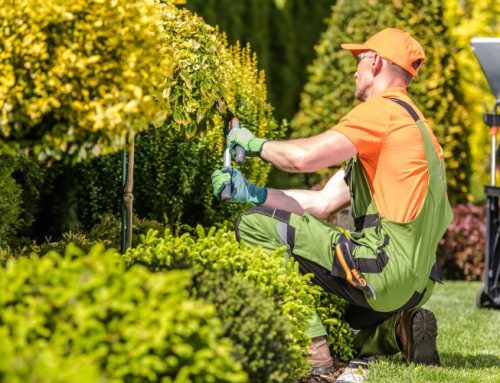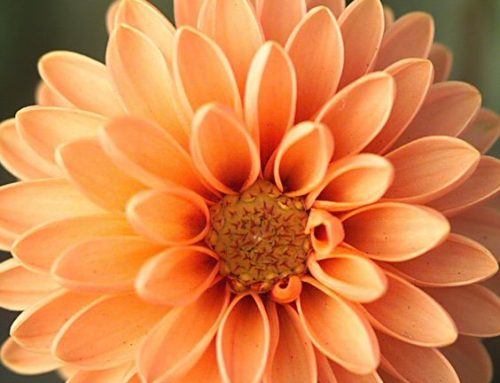For many gardeners, creating a hedge in their private garden can seem like a long and very challenging task. Moreover, its planting is easiest and cheapest during the inactive seed season from late November to early March, when external activities do not seem so attractive to us. In practice, however, the construction of hedges is not so labor-intensive and its benefits can be substantial and varied. Apart from its purely decorative features, the hedge can be a fence that protects the garden from strong winds and from prying eyes. It can be used to designate individual areas within the garden or to focus attention at certain points. Also, planting hedges from a plant that is in their natural habitat encourages the placement of a number of birds, pollinators and other animal species that help combat pests in the garden.
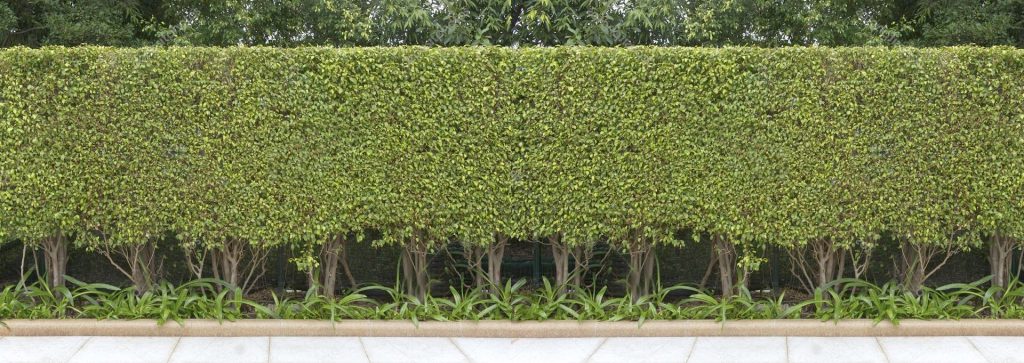
The first step is choosing a plant for your hedge. It must be consistent with the objectives:
- whether you prefer the effect of a „formal“ hedge to be kept tight or informal, which can also consist of different plants. For formal hedge type are often the boxwood, ligustrum (bird’s grapes), tuya, yew.
- whether you are looking for a year-round color and density that implies an evergreen plant. As such, licheniparis, juniper or, in the mild climate, the pyraquan may be used.
It is important to plan in advance the height you want your hedge to reach and to consider the choice of plant with the characteristics of the soil you have.
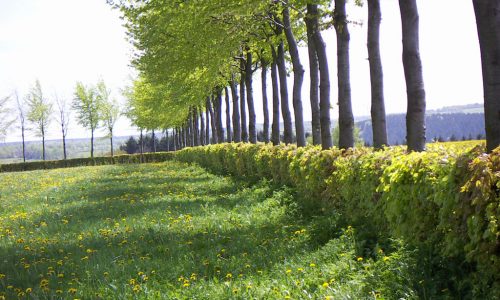
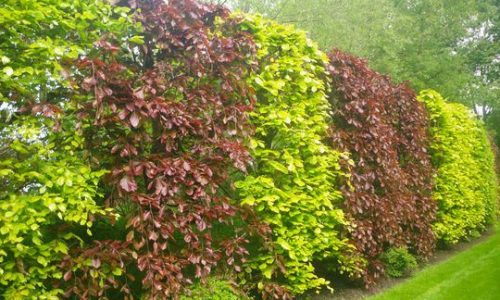
[dt_fancy_title title=“Preparation and planting“ title_size=“h2″ title_color=“title“][dt_vc_list]Before you proceed to plant hedges, it is necessary to ensure well drained and aerated soil. It is advisable to remove all weeds in advance, and if you reluctant to use pesticides, you can clean them by hand.
- Dig a ditch with a width of 60 cm per meter.
- Dip the soil and position the roots in one or two rows, depending on the size and density of the knit you want to grow. Between the rootstocks there should be at least 30cm spacing.
- To provide an aesthetically flawless line on your hedge, use a twine for planting.
- Plants purchased as „naked root“ must be planted at the same depth as they were excavated. Pay attention to the color difference of the stem – it will show you where the plant was underground.
- Apply a lot after planting.
[/dt_vc_list]
Maintenance of the new hedge requires regular watering and removal of grass and weeds around it completely, so that it does not have to compete for nutrients and light. Regular trimming will ensure the desired shape and density of your hedge. So in a few years you will be able to boast a garden like a Victorian castle.



